
JarTee/Shutterstock
In an era where the line between machine-made and man-made blurs with each scroll, a quiet but powerful shift is rippling through the world of creativity. What started as a buzzy experiment with artificial intelligence has turned into a cultural sensation: the digital re-animating of artistic styles, like the otherworldly dreamscapes of Studio Ghibli or the resplendent brushwork of Raja Ravi Varma. With a few lines of text and the assistance of AI programs, users are creating images that replicate the signature hues, compositions and moods of revered masters in seconds.
The “Ghibli Effect,” while not the first, ended up being one of the most defining AI art trends in recent history. Before it, there was the series of style-transfer tools that transformed selfies into Van Gogh swirl paintings or Picasso-like portraits. But Ghibli-style imagery — with its filtered forests, soft lights and gentle melancholy — struck a more responsive nerve. It weren’t just a look, it’s a feeling. Soon after, another wave followed: ordinary people with the opulent brushstrokes of Raja Ravi Varma applied (by AI, with near-mythical grace) to their photos. Social media fed galleries of these digital homages — entrancing, accessible, unnervingly beautiful. However, as such trends spread, they pose a more existential question: if creativity becomes this easy, what happens to its meaning?
Though this trend seems novel, it is hardly new. There has been a long and layered history of wanting to reproduce artistic styles using nascent technology. From the invention of the camera obscura — a device that Renaissance painters used to trace scenes — to the mass reproduction of artworks via printing presses and lithographs, humans have always been attracted to devices that amplify or simulate the artistic eye. In the 20th century, we had digital filters, and Photoshop effects, and eventually, style transfer algorithms that allowed users to turn photos into “Van Gogh” or “Claude Monet” renderings. What’s different about today’s trend is not the impulse to imitate — it’s the ease and the intensity of it. In a single sentence, a user can now summon a visual universe that took decades to master.
It is important to acknowledge that these styles do not just represent visual modes but become interwoven in philosophical, emotional, and cultural constructs in order to truly appreciate the nuance of this transformation. Ravi Varma’s paintings were not only exquisite portraits, but works of translation of culture, interpreting myth into modernity and rendering gods for the masses. In the same manner, Miyazaki’s films were poetic meditations upon pacifism, ecology, and wonder of childhood and not merely exquisite animation. AI captures their styles but not their soul. The elements themselves which give art longevity—memory, pain, and ideology—are absent in the process.
A paradox of creativity occurs in such movements’ dissemination. We once dreamed in terms of our instrumentalities—pencils, paint, cameras—wherein those restraints nurtured creativity. Today, those instrumentalities have almost unlimited possibilities. Little craftsmanship is necessary in creating this look. Interesting as this democratization is, its price is an unusual one: nothing is personal when everything is available. Its risk is not machines creating, but losing sight of what art is really about.
Art, in its truest sense, is born of necessity — a compulsion to express, question, resist, or remember. When we outsource this compulsion to code, we risk reducing creativity to curation. We become stylists of borrowed beauty, producing images that impress but do not imprint. The AI-generated Ghibli forest may resemble a masterpiece, but it carries no memory of a forest, no smell of moss, no weight of loss or longing.
We have to consider what it means to create in a time of instantaneous imitation as these digital copy-cats proliferate. The difficulty is staying conscious inside technology, not in opposition to it; rather, using artificial intelligence as an extension of vision, not a replacement for insight. In an age polished by machine-made perfection, true magic lies in the flawed and fearless sparks of human creation—the shaky lines, hesitant tales, and offbeat tunes that whisper not just how, but why we make anything at all. The machine learning to paint like Ravi Varma is not the threat. The risk is that we will no longer understand why he painted at all.
But maybe this very moment, which is full of wonder and uncertainty about technology, is also an invitation. A call to introspection, a deeper contemplation of the meaning of creation, and a decision to prioritize intention over imitation. We still possess the one thing that machines cannot duplicate in the face of endless replication: the courage to feel, the pulse of memory, and the spark of lived experience. In a world where machines can imitate everything, it is the imperfect, unpredictable spark of human intention that will keep creativity alive.
Further Reading on E-International Relations
About The Author(s)
Carmel Maria Jose is an Assistant Professor at the Department of Media Studies, Marian College Kuttikanam (Autonomous).
Before you download your free e-book, please consider donating to support open access publishing.
E-IR is an independent non-profit publisher run by an all volunteer team. Your donations allow us to invest in new open access titles and pay our bandwidth bills to ensure we keep our existing titles free to view. Any amount, in any currency, is appreciated. Many thanks!
Donations are voluntary and not required to download the e-book - your link to download is below.

 Movie
Movie 1 month ago
79
1 month ago
79 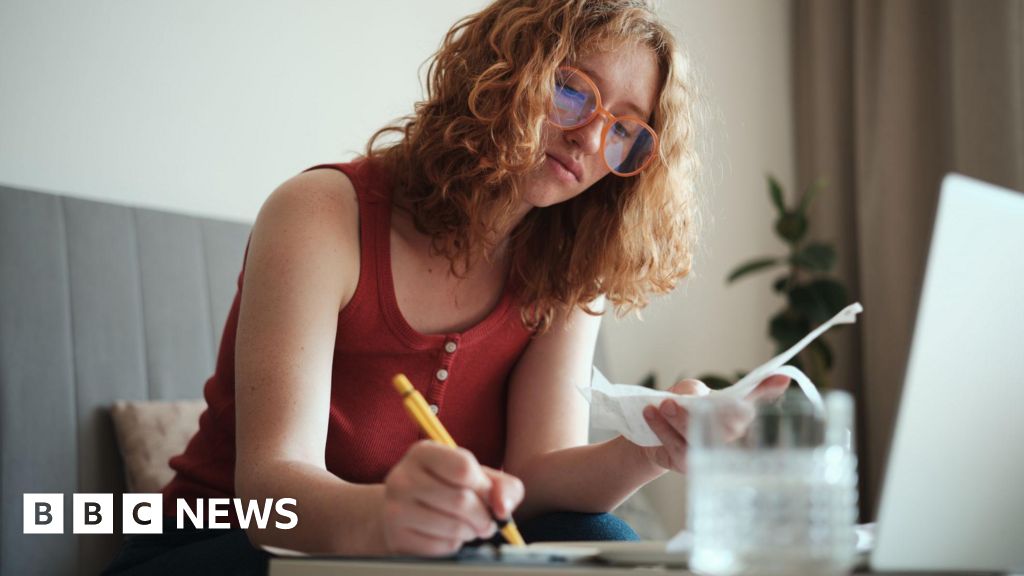
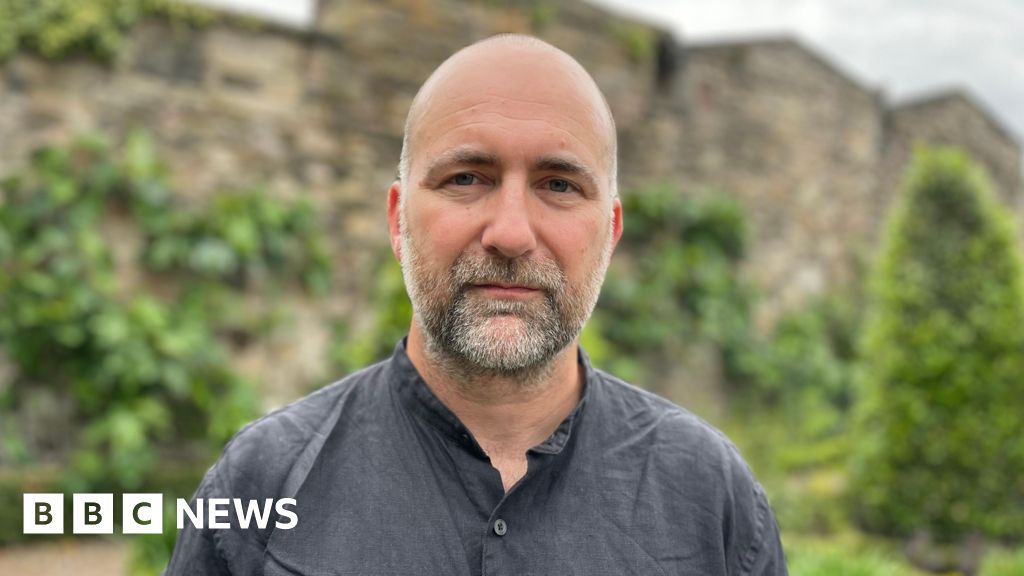
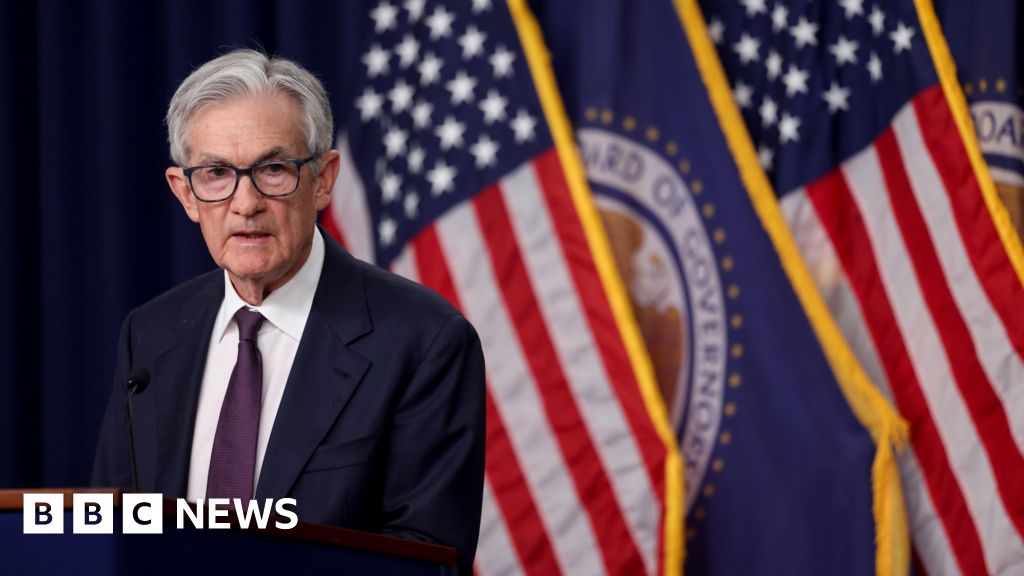



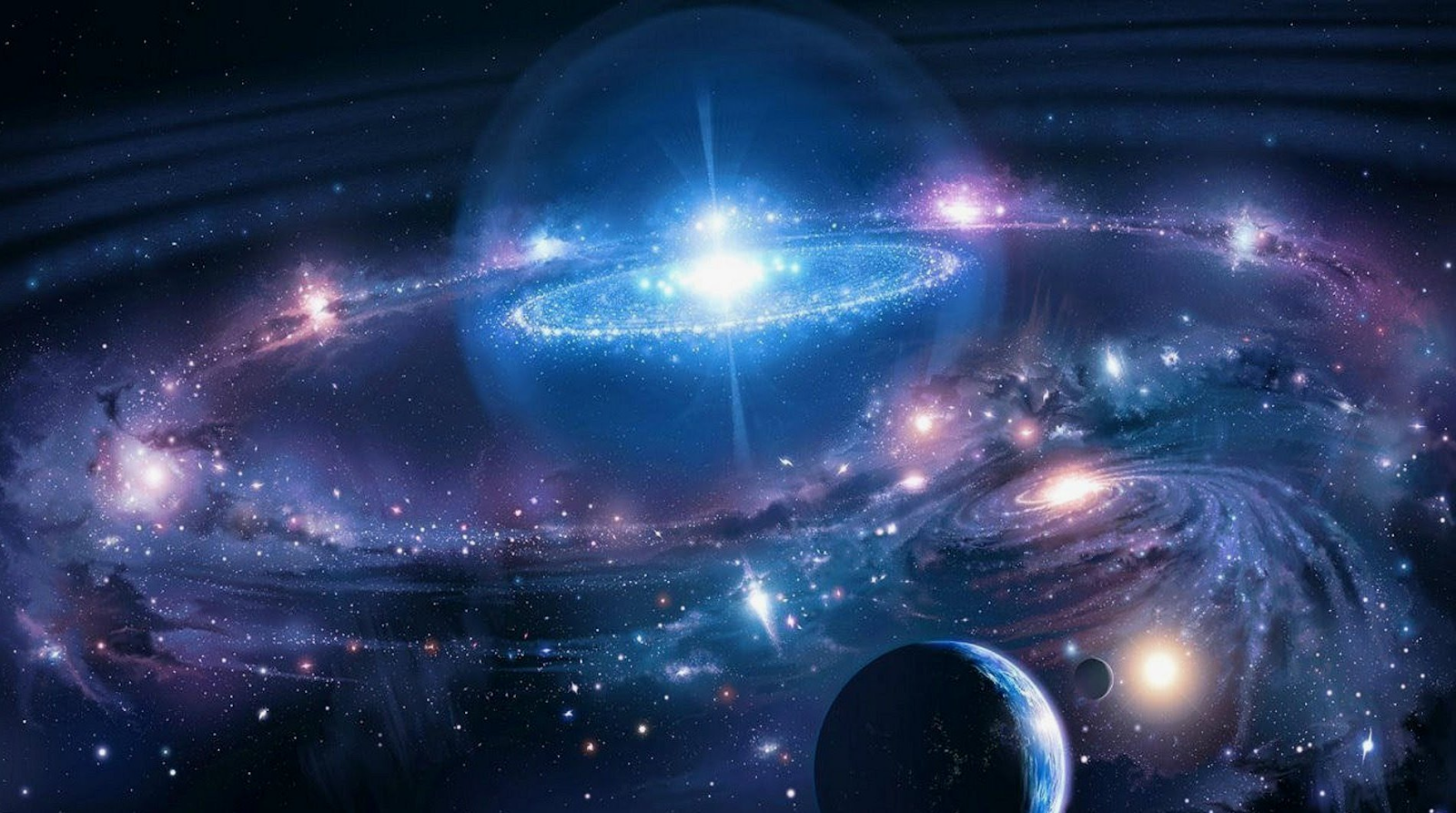
![Presidents Day Weekend Car Sales [2021 Edition] Presidents Day Weekend Car Sales [2021 Edition]](https://www.findthebestcarprice.com/wp-content/uploads/Presidents-Day-Weekend-car-sales.jpg)
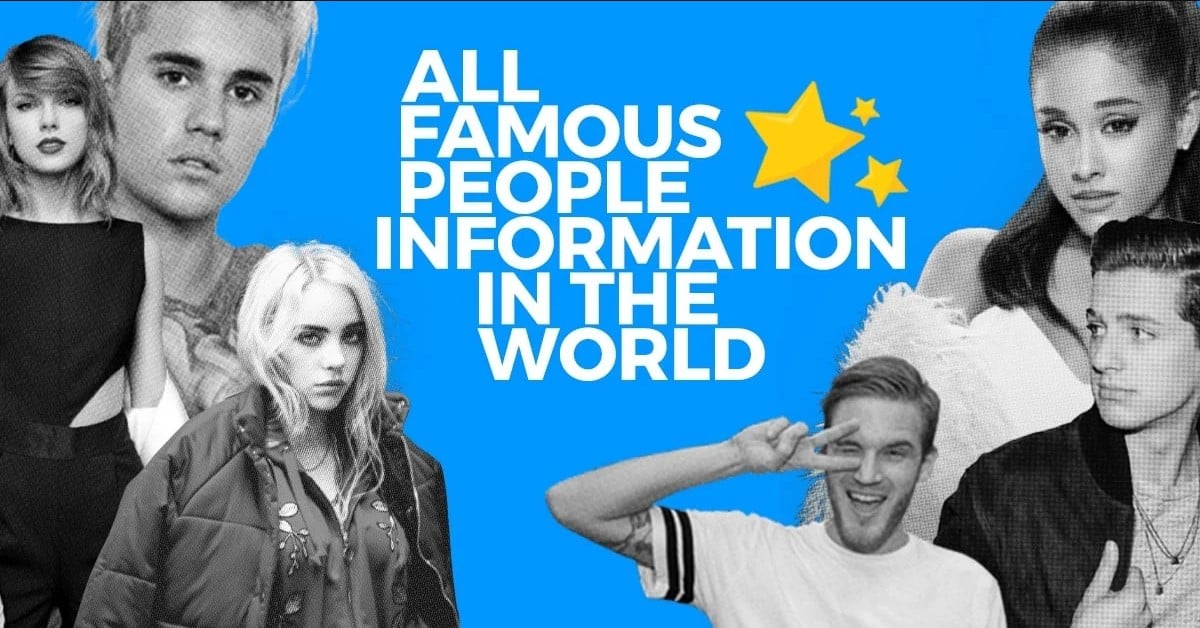

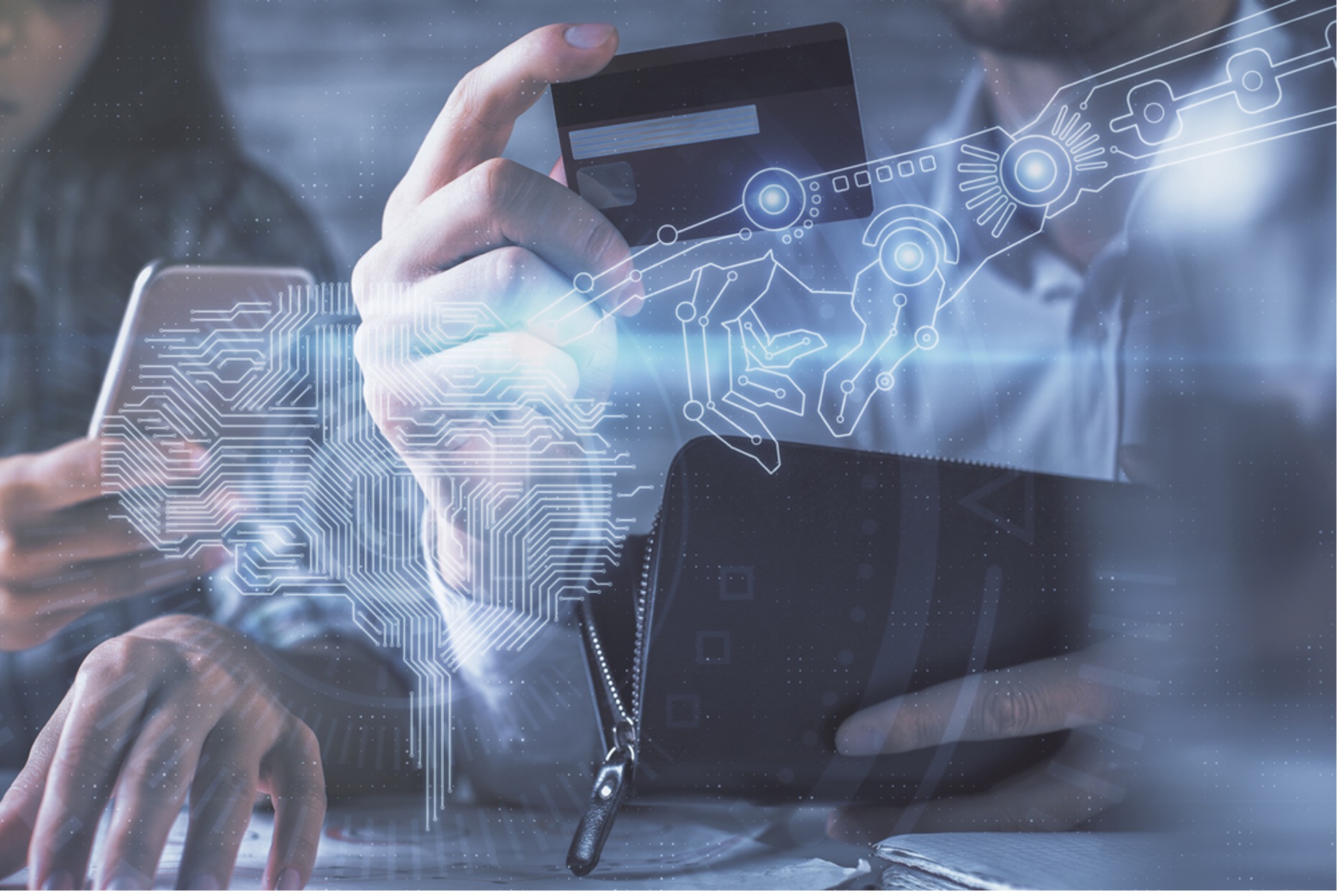
 English (United States)
English (United States)